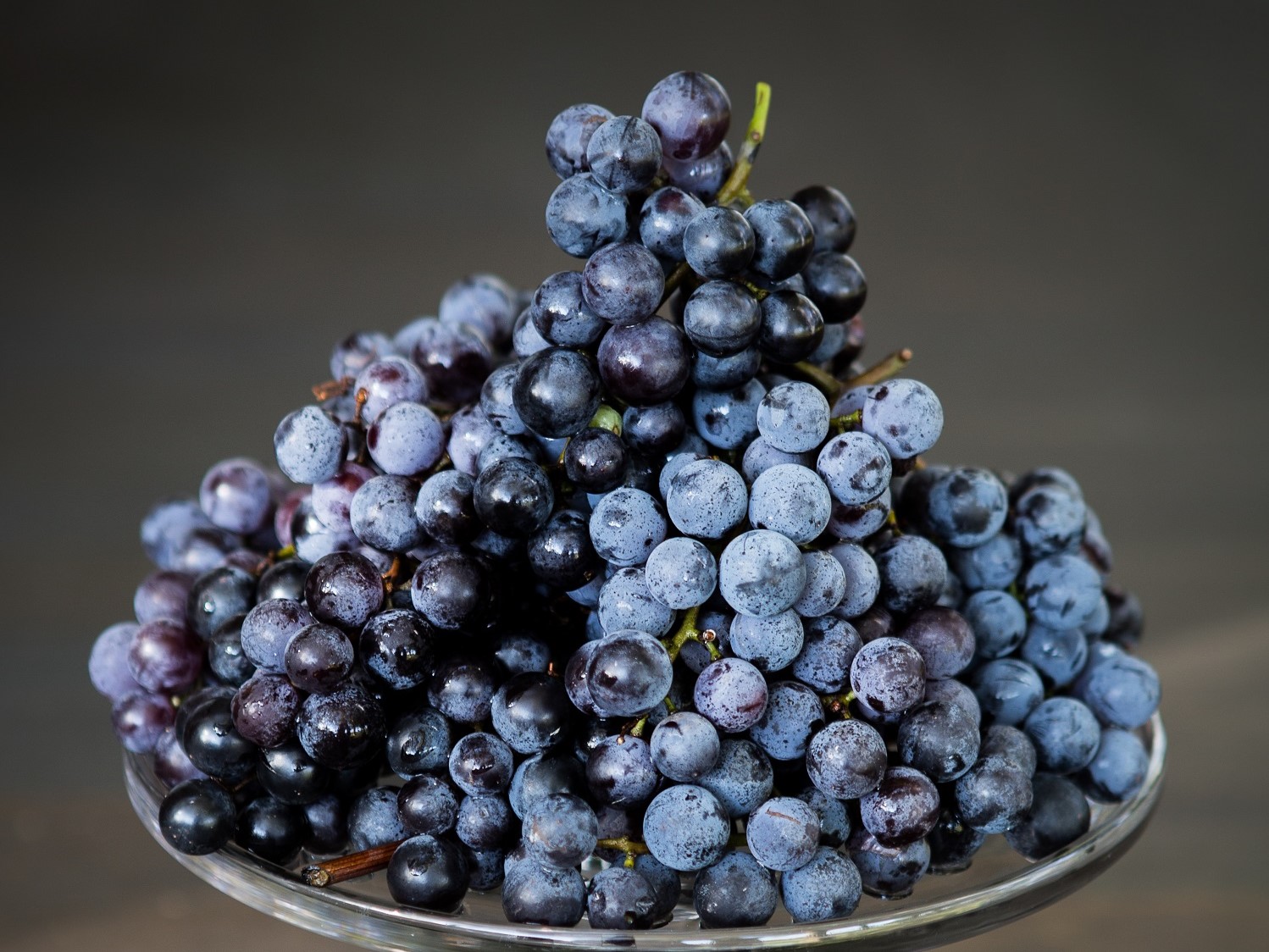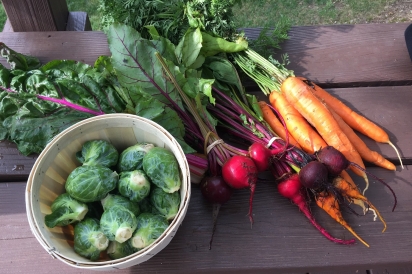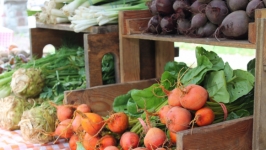What's in Season: Fall
SEPTEMBER THROUGH NOVEMBER
“PUTTING UP” THE HARVEST
Many homesteaders in the area will say that they “put up two bushels of apples.” This may mean they cored, sliced and froze, or made applesauce or apple butter. The term is used to imply that something has been preserved. Practice or learn many different preservation techniques which include canning, pickling, proper freezing, fermenting, or curing with
salt, sugar or smoke.
THE LIVESTOCK HARVEST
Fall is a good time to stock up on locally grown meat as well. Although you may see your favorite cuts of meat available in the grocery store year-round, traditionally, WNY farmers choose to butcher more animals when green pastures turn brown and they anticipate a snowy winter. Animals may also be at their best health while still active and grazing, which can then improve the meat.
Since the late 19th century, many have chosen to freeze meat, but some still turn to more traditional or artisanal means to preserve the harvest. Curing refers to preserving meats or fish in various ways including the use of salts, nitrites, nitrates and/or sugar. This, along with cooking or smoking, will draw out moisture, making it hard for microbes to grow and cause spoilage. Once an act of increasing food security, curing meats in the modern world is a means to honor cultural traditions as well as to reach optimized flavor or texture. Some chefs, like Chef Ross Warhol of Oliver’s in North Buffalo, choose to take full control of this process. They butcher and even cure meats in house for use in specialty dishes and charcuterie boards.
Whatever you’re planning for your plate, look locally first, and savor the phenomenal variety of foods available close to home during harvest season.








